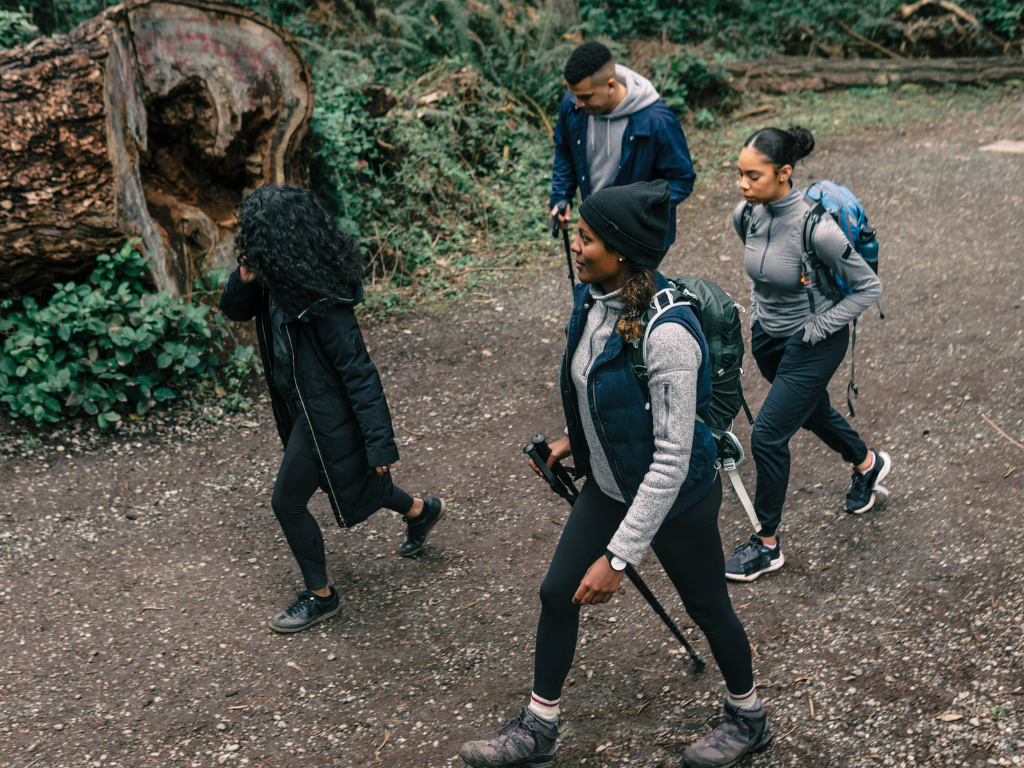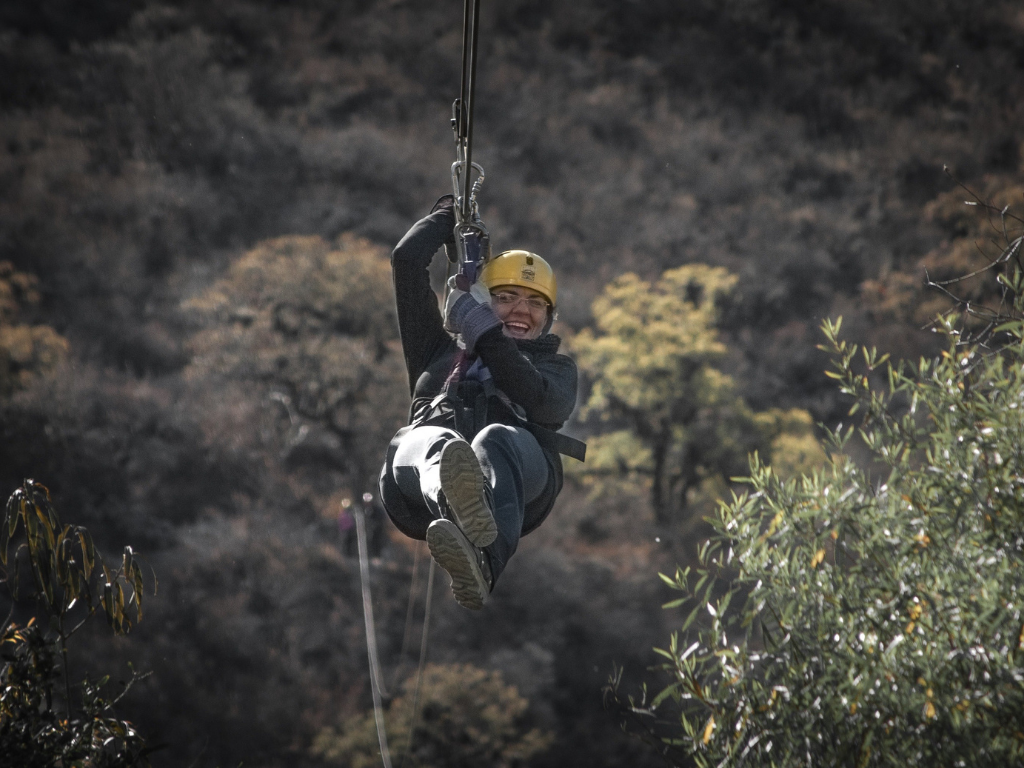Vendor Vetting: Who, Why, and How
Take a look at your marketing and programming.
Check out the photos you use to market your experiences. Read your copywriting. Review the people, activities, and local communities that you feature.
How many of these services are self-run through your organization and how many are you outsourcing to third-party providers?
If you’re like most members, your operation relies on local vendors to provide the optimal experience to participants. Whether it’s white water rafting, hotels, restaurants, or a walking tour, you are connected. In fact, this can be one of the highlights for your participants - supporting local operators and communities as they travel with you.
But when outsourcing activities or transportation, how do you identify “trusted” partners to represent your brand? How do you know if partners are aligned with your mission and program goals? How do you determine if they are reputable and responsible?
These are crucial questions to answer. The reality is that your stakeholders will hold you, as the experience provider, accountable if something goes wrong - regardless of who is at fault.
Cornerstone’s Executive Director, Dave Dennis, has been managing vendor relationships and performing vendor safety assessments for over a decade. He recently offered training and resources for members to discuss the following: How is best-in-class vendor vetting performed? How do you manage gaps in aligning expectations, policies, or insurance coverages globally? How do organizations protect themselves from lawsuits (proactively)?
The solution: Thorough and consistent vendor vetting processes.
If you’re building your own vendor vetting process or reviewing your current process against best practices, consider the following takeaways from the Cornerstone training.
To consider before vendor vetting:
Who is a “vendor” for your organization? Maybe you’ve considered vetting adventure-based activities, but haven't thoroughly reviewed your accommodations, tour providers, or Destination Management Companies (DMC’s). Keep in mind that anyone who delivers a service (especially participant-facing) will represent your business. Their behaviors, policies, and delivery will be considered congruent with your organization’s - whether you set that expectation ahead of time or not!
When do you perform vendor vetting? Consider the parameters for when you review health and safety practices for each type of vendor. Annually? Bi-annually? How will you know if vendors have a change in ownership, services offered, or a reduction of staff?
Who conducts vendor vetting? Is there an individual or team responsible for vendor vetting at your organization? Make sure they understand the “why” behind this important process. As trip leaders deliver your program, are they empowered to help select new activities, report unsafe practices, or evaluate vendor performance? Consider who is responsible for this process and how changes are communicated to leadership.
To consider while creating your procedure:
Is your process consistent? Evaluate whether you’ll use the same process for every type of vendor. If there are exclusions, make this clear in your documentation.
Is the process adequately communicated to vendors? A fundamental element of the vetting process is building and strengthening the relationship with your vendor, rather than alienating them. Consider what cross-cultural issues may arise and how you explain the value of your process (remember, you are a team!). Emphasize that your forms are intended to prepare and protect both of your organizations for potential incidents.
What does your safety assessment form entail? Most importantly, what are you asking each vendor? Review the potential risks of each activity and develop open-ended questions that give your vendor the opportunity to share their plans with you. Categorize your line of questioning based on important fields such as insurance, permits, guides, equipment, crisis response, etc. Allow for documentation of both written and verbal responses to elicit more information than you “think” you may need.
As you build out your program, it can be easy to overlook the importance of vendor vetting. Resist the temptation! While vendor vetting doesn’t eliminate all risk or guarantee you’ll be kept out of litigation, it can serve as a strong case for your organization’s diligence and commitment to human safety. It can also help your vendors better prepare for eventualities and respond with confidence. We strongly encourage all operators to develop a vendor vetting process that strengthens their business, and therefore the industry as a whole!
For more information about a customized vendor vetting training for your organization, additional resources, or membership with Cornerstone, reach out to info@cornerstonesafetygroup.org.



